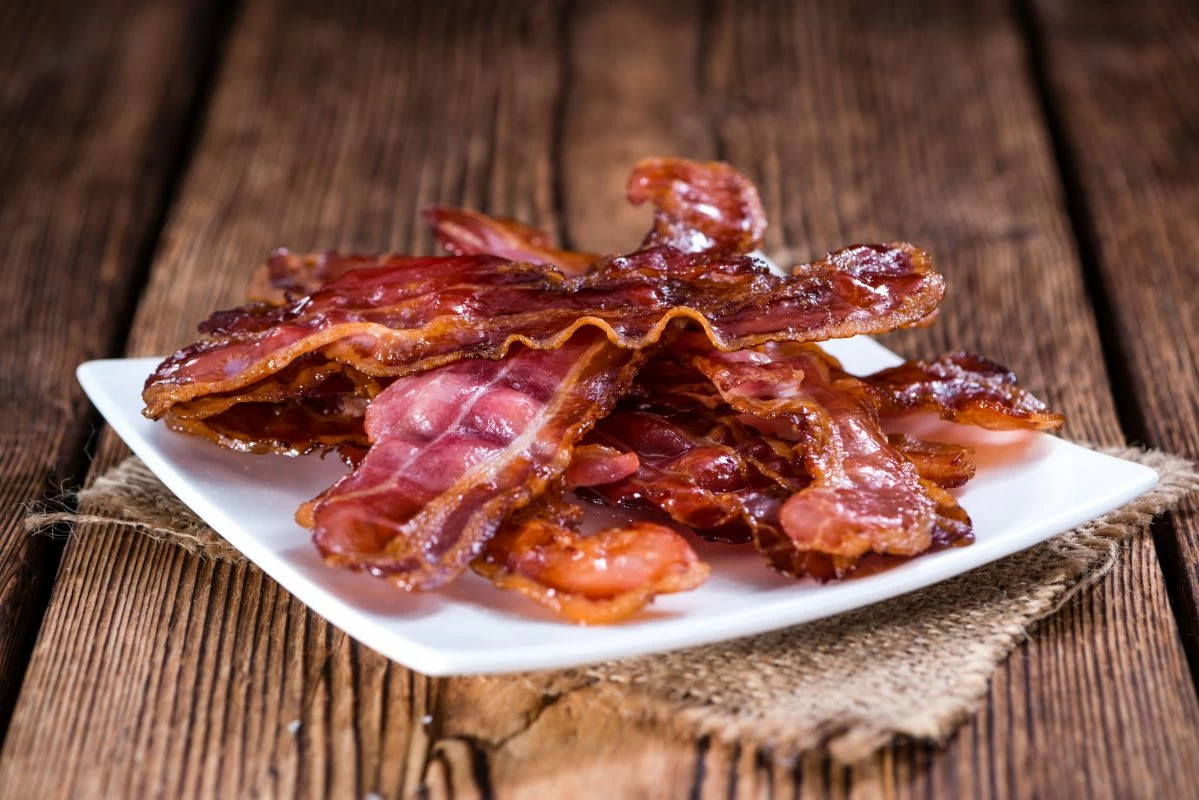In episode 91 of his video series, Dr. Larson discusses:
In previous episodes, Dr. Larson has introduced his new initiative – The Keto|Med Project. What we know is that we are suffering from an epidemic of overfat, which is different from being obese and overweight. Being obese or overweight is calculated using something called your BMI.
But BMI is not concerned with body composition. Being overfat is defined by your waist circumference to height ratio. Ideally your waist should measure less than half of your height in inches. Therefore, if you your waist measures 36” and your height is 70”, the ratio would be .51, which would mean that you are considered “overfat,” regardless of your weight.
BMI is not aimed at reducing overfat; it is just a measurement on a scale. The Keto|Med Project’s goal is to change your body composition to decrease your risk of chronic disease and illness. The aim of The Keto|Med Project is to improve the health of the mitochondria. The mitochondria are the little batteries in our cells that charge the cell and gives it energy to produce ATP. ATP is at the root of the energetics of our cells.
If the mitochondria suffers; disease will follow. The health of the mitochondria is paramount to the foundation of our general health. The mitochondria are little batteries that are the building blocks required to make ATP. Those building blocks are made up of fat and glucose.
The body can use both fat and glucose as fuel for the cells. In some cells, fat requires a conversion by the liver into something called ketones. The brain can’t use fat from other parts of the body, because fat doesn’t cross the blood-brain barrier, but ketones do. The liver makes ketones, and what we are aiming for, is a state of ketosis.
A state of ketosis is when the body has ramped up your level of ketones. That level can be measured through a blood test or even a finger stick. Ideally, you want your level to be .5 millimolars per liter (mmol/l) or higher, to be in a state of ketosis. That is when the body is using fat for energy instead of glucose.
Insulin resistance is a precursor to diabetes. When we talk about insulin resistance, it means that the cells begin to become resistant to insulin. Insulin is produced when glucose levels go up.
Diseases are a progression that can be seen using the level of ketosis in the body. For instance, insulin resistance is a precursor to diabetes. When we talk about insulin resistance, it means that the cells begin to become resistant to insulin. Insulin is produced when glucose levels go up.
Glucose levels go up when you eat a large amount of carbohydrates, but it can’t get into the cell on its own. Insulin is the key that opens the lock to the cell. But when you have too much glucose, the body will start to fight against it. We eat way too much in our culture. That is making it way too overused in the body, and bodies are starting to rebel. When glucose is the primary source of fuel for the mitochondria, it produces inflammatory reactive oxygen species, which produces a superoxide chemical.
That chemical is a oxidizing and inflammatory, and it produces an enzyme that tries to buffer it called a superoxide dismutase (SOD). SOD then tries to bring the inflammatory chemical levels down. As SOD goes up, the cells are signaled to stop the key from going into the cell. If the cell’s lock doesn’t open up, then the insulin continues to go up higher and higher. The only way to improve insulin resistance is to bring insulin down.
The only way to do that is to bring carbohydrate consumption down. Since we eat too many carbohydrates, it leads to an overall inflammatory process. In the same respect, too much carbohydrate consumption has been found in neurodegeneration.
Conditions like dementia and Alzheimer’s disease are an example. Some scientists call Alzheimer’s disease, type 3 diabetes. Type one diabetes is an autoimmune problem where the pancreas stops making insulin.
Type 2 diabetes is when the body is in insulin resistance. Alzheimer’s Disease is when the neurons in the brain stop being able to utilize glucose as efficiently. The mechanism to take up insulin does not work. The Keto|Med diet reverses the process to reduce inflammation.
Cancer cells are different from other types of cells. They are dependent upon sugar-based energy systems called glycolysis. Cancer cells do not have the metabolic or mitochondrial flexibility that healthy cells have. Healthy cells can use ketones, fat and sugar.
Cancer cells primarily use glucose. So if we induce ketosis, it will starve the mitochondria of bad cells from replicating. So if we can starve abnormal cell growth, then you can minimize certain types of cancer cell growth.
The importance of the health and structure of the mitochondria is underestimated, and that is why The Keto|Med Project aims to target healthier mitochondria to reduce the overall risk of disease and illness and to create a healthier population. Join us today to change lives not just weight scales.
Recommended Product
KETO Assist™







